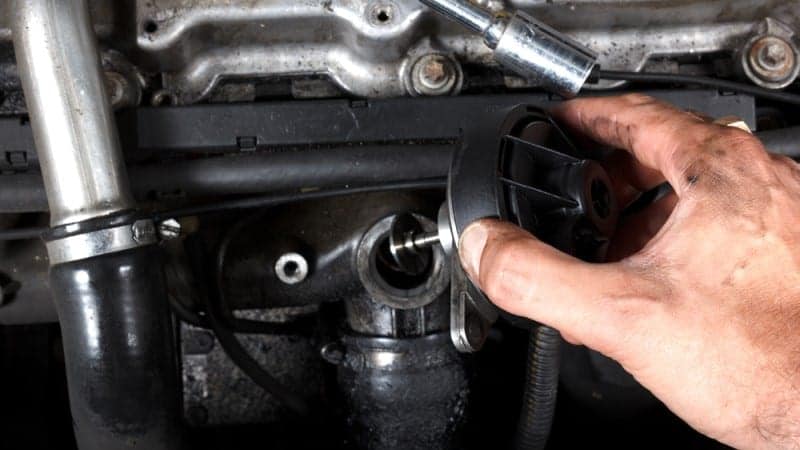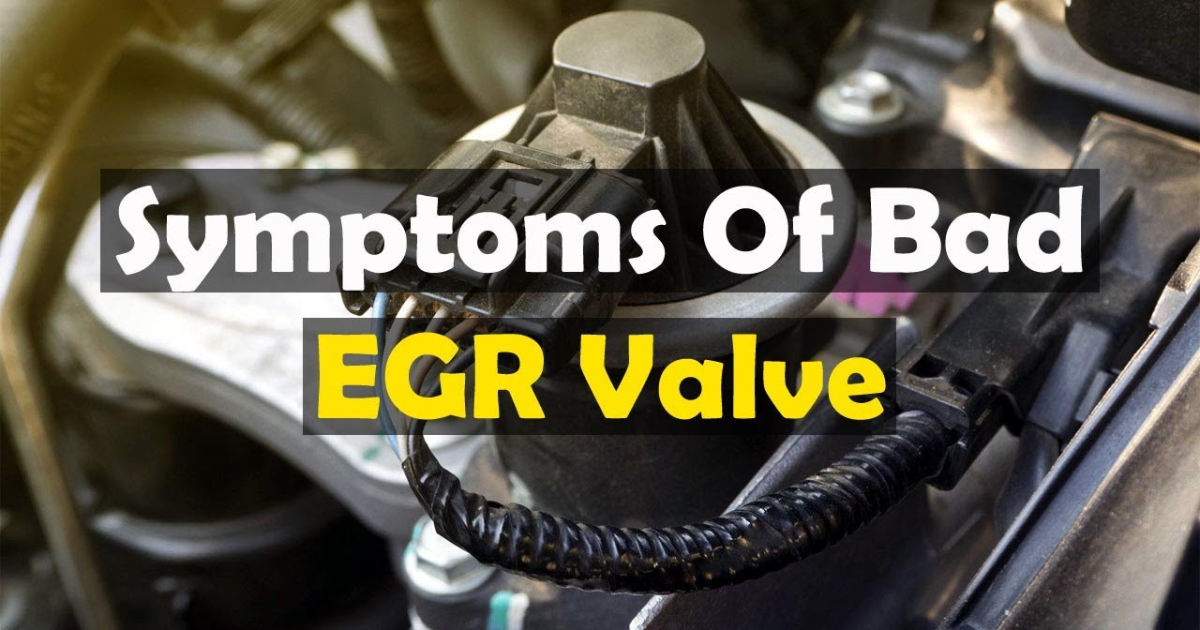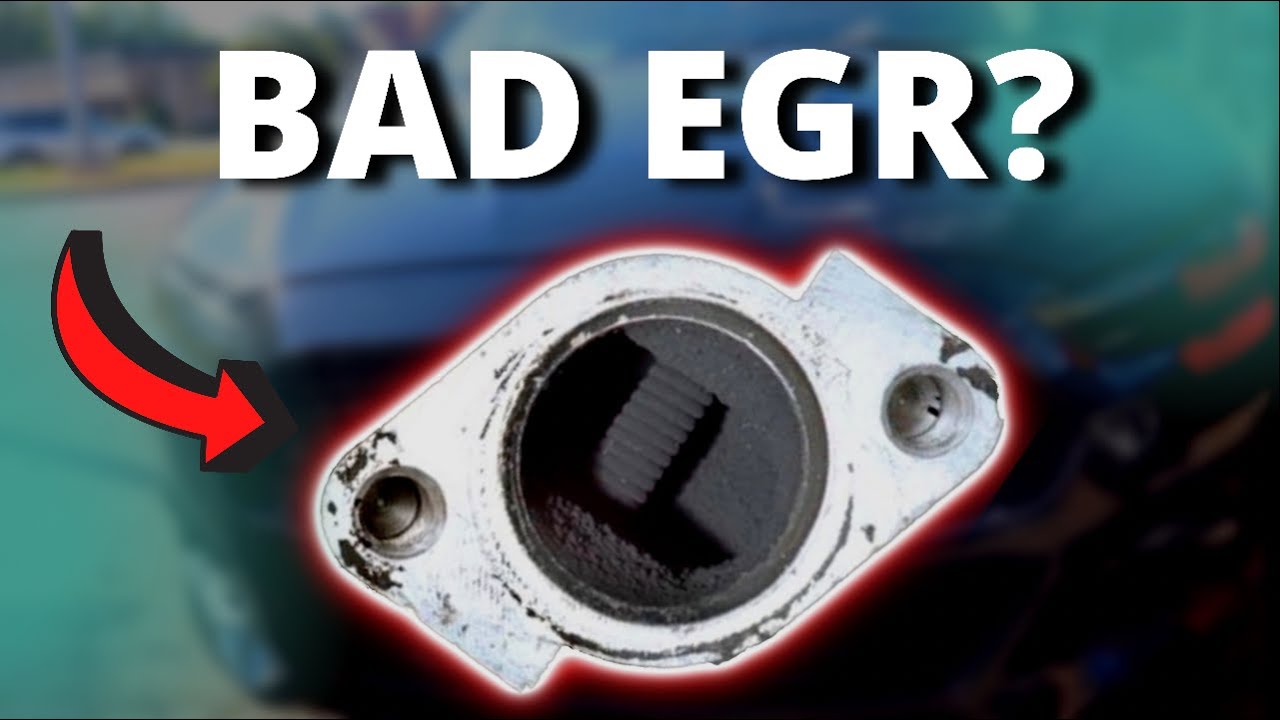The exhaust gas recirculation (EGR) valve controls the chemical and thermal inevitables of your car’s engine while you’re on the road. It maintains the engine’s optimal performance for an extended duration. Numerous issues can arise if you are unaware that your car is equipped with a malfunctioning EGR valve.
Here we’ll examine what happens when the EGR valve is malfunctioning. Additionally, the steps to diagnose, repair, and replace an ailing EGR valve in your car.
What are the Signs of an EGR Valve that is Bad or Failing?

There are a number of signs that something is wrong with your car’s engine system. If your vehicle exhibits any of the signs of an EGR valve failure, you should be extremely careful. Here are some symptoms:
Basic Idle
A rough idle is when your car makes noises like chugging or vibrating even while it’s not moving. You should expect a bumpy ride and maybe even a little bouncing off the road as a result of this. Rough idling is an inevitable consequence of an EGR valve that isn’t working properly.
Deficient Acceleration
The exhaust gas will flow into the intake manifold of your vehicle before it is needed by the engine when the engine valve is obstructed and cannot close or open. The result is sluggish acceleration when driving.
Vehicle Overheating
Your car’s engine could be overheating because of a malfunctioning EGR valve. Because nitrogen oxides will still be released into the atmosphere even if the EGR valve is clogged, your engine temperature can rise to risky levels.
Decreased Engine Efficiency
The initial sign of a problem with your EGR system, specifically the EGR valve, will be a decline in your vehicle’s engine performance. Problems include a weakening of the engine’s power and an ineffective gas pedal will become apparent. Reduced fuel efficiency due to an imbalanced air-fuel ratio is another possible indicator.
Excessive Fuel Use
If your vehicle’s EGR valve is broken, it could lead to higher-than-average fuel use. An example of this would be the typical gas mileage for your vehicle, which is around 25 miles per gallon or 10 liters every 90 kilometers.
A Warning Light Is On for the Engine
When the EGR valve is malfunctioning, the engine check light will come on. Your vehicle’s computer will not activate this light until it detects a negative signal from the EGR valve or another engine part.
Potent Gas Emissions
An extremely real possibility exists that fuel will be released from your vehicle’s exhaust system through the tailpipe. Your car’s exhaust could start spewing fuel fumes if this happens. A powerful gas fume, both annoying and harmful to your health, will be noticeable regardless of where in your car the cabin is located.
When the EGR Valve Stops Working, How to Fix it?

An inefficient EGR valve can become stuck or clogged when a substantial amount of carbon builds up on its inside surface. A great deal of trouble may ensue from this. There are two primary options for fixing a malfunctioning EGR valve: cleaning it or replacing it.
Here is a simple procedure to fix an EGR valve that has gone bad.
Step 1: The first step is to disconnect all power sources: Start by disconnecting the EGR valve from any power sources and hoses. Detach the valve by carefully removing its mounting bolts.
Step 2: Inspect the valve ports for any obstructions or accumulation: Inspect the engine’s near connections as well. Carbon builds up in them and makes them nearly as problematic as the valve itself. Consequently, use a plier to brush off any significant carbon deposits. To get rid of any remaining debris, you can use a small brush in conjunction with the EGR system cleaning.
Step 3: Make sure there is no debris in the EGR valve: To clean an obstructed EGR valve, use a high-quality EGR System cleaner and a tiny brush. Be very careful not to get any of this solution on any of the engine’s electrical components. For instructions on how to clean an EGR valve, see our earlier post.
Step 4: Make sure the EGR valve isn’t melted or otherwise damaged by heat, old age, or carbon buildup. Not every car has the same kind of EGR valve, so before you buy a replacement, be sure it’s compatible with your vehicle. Vacuum control is used by some valves and electrical control by others.
Step 5: Clean the gasket as part of step five. Look for carbon deposits on the gasket while you do this. If there is, use the system cleanser to remove it. If you find that your gasket is defective, you have the option to replace it before moving forward.
Step 6: Reinstall the EGR valve, gasket, and any other parts that were removed for cleaning and inspection in Step 6. Verify that they are fastened to the engine by the manufacturer’s instructions. Be careful not to screw them down too firmly.
Step 7: The seventh step is to make sure there are no leaks, such as a vacuum or exhaust, by testing the components’ functionality according to the manufacturer’s service instructions. You need to go for a drive in your car and keep an eye out for any problems.
Closing Remarks
Since the symptoms of a broken EGR valve are similar to those of other engine components, it is possible to confuse them for problems elsewhere in the system. Before making any changes or deleting any components from your engine system, be sure you know for sure what’s causing the problem.




